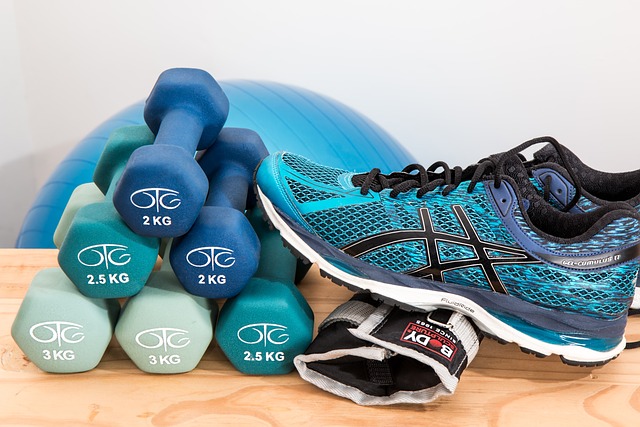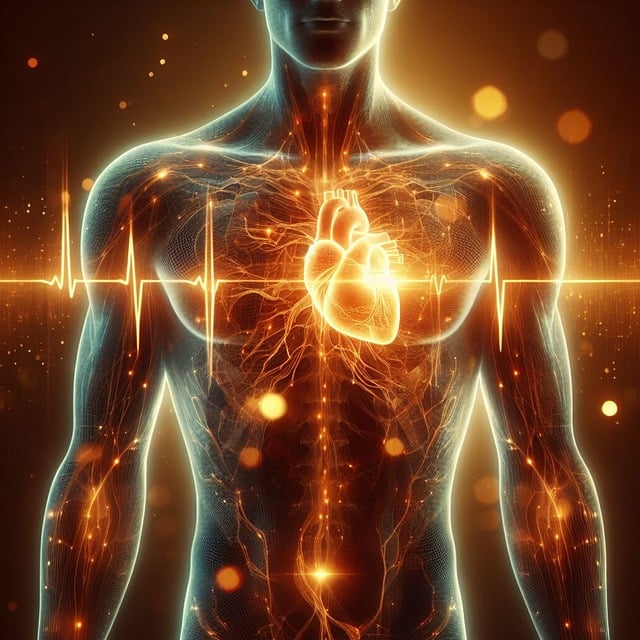PRP therapy for joints is a non-invasive, natural approach to managing chronic joint conditions. By using concentrated platelets from a patient's blood, this treatment option stimulates stem cells to accelerate tissue repair and reduce pain. Effective for arthritis, tendon injuries, and ligament sprains, PRP therapy offers substantial pain relief, enhanced mobility, and delayed need for aggressive interventions, making it a promising game-changer in orthopedic care. The process involves drawing blood, extracting PRP, and injecting it into the affected area with minimal discomfort, followed by rest and monitoring for optimal healing.
Stem cell treatments, particularly Platelet-Rich Plasma (PRP) therapy, are revolutionizing joint regeneration and pain management. This article delves into the science behind PRP’s potential to heal damaged joints and reduce chronic pain. We explore how PRP therapy leverages the body’s natural healing mechanisms by utilizing concentrated stem cells derived from one’s own blood. By understanding the role of PRP in joint health, you’ll discover a promising approach for navigating joint pain and improving overall mobility.
- Understanding Stem Cells and Their Role in Joint Health
- PRP Therapy: Unlocking the Potential for Joint Regeneration
- The Science Behind PRP's Pain Reduction Effectiveness
- Navigating PRP Therapy: What to Expect During and After Treatment
Understanding Stem Cells and Their Role in Joint Health

Stem cells are a fascinating aspect of our body’s natural healing mechanisms, playing a pivotal role in joint health and regeneration. These unique cells have the remarkable ability to differentiate into various specialized cell types, including those found in joints, such as cartilage, bone, and ligament cells. When damage occurs to these tissues, stem cells step in to facilitate repair and regeneration, making them a promising therapeutic option for conditions like arthritis and joint injuries.
One well-known application of stem cells in joint care is Platelet-Rich Plasma (PRP) therapy. PRP involves harvesting a patient’s own blood and concentrating the platelets, which are rich in growth factors. These growth factors stimulate stem cells to promote tissue repair and reduce pain. By accelerating the body’s natural healing process, PRP therapy for joints offers a minimally invasive approach to joint regeneration and pain management, providing patients with potential relief from chronic joint conditions.
PRP Therapy: Unlocking the Potential for Joint Regeneration

PRP Therapy: Unlocking the Potential for Joint Regeneration
Platelet-rich plasma (PRP) therapy has emerged as a promising treatment option for joint regeneration and pain reduction. This innovative approach leverages the body’s own healing mechanisms by utilizing a concentrated solution of platelets derived from the patient’s blood. PRP therapy for joints works by delivering a high concentration of growth factors directly to the affected area, stimulating the natural regenerative processes of the body. These growth factors play a crucial role in promoting tissue repair and new blood vessel formation, which are essential for restoring joint function and reducing pain.
The effectiveness of PRP therapy lies in its ability to create an optimal environment for healing. By enhancing the concentration of platelets, which naturally contain various growth factors, PRP accelerates the body’s natural response to injury or inflammation. This therapy has shown promising results in treating a range of joint conditions, including arthritis, tendon injuries, and ligament sprains. Through multiple studies, PRP therapy for joints has demonstrated its potential to reduce pain, improve mobility, and delay the need for more invasive treatments or surgeries, making it a game-changer in the field of orthopedics.
The Science Behind PRP's Pain Reduction Effectiveness

The science behind Platelet-Rich Plasma (PRP) therapy for joints reveals a fascinating mechanism that offers both joint regeneration and pain reduction benefits. PRP is derived from a patient’s own blood, rich in growth factors and cells that play a pivotal role in healing and repair. When injected into damaged joints, PRP accelerates the body’s natural recovery process by stimulating cellular activity and promoting tissue regeneration. The growth factors in PRP enhance angiogenesis, fostering new blood vessel formation to nourish damaged joint tissues, and encouraging the proliferation of fibroblasts, which produce collagen, a crucial component for joint strength and integrity.
This therapeutic approach has proven effective in treating various joint conditions, including arthritis and sports injuries. By reducing inflammation and promoting tissue repair, PRP therapy can significantly decrease pain levels and improve joint mobility. Clinical studies have shown promising results, with many patients experiencing substantial relief from chronic joint pain and enhanced function. The natural origin of PRP makes it a safe and well-tolerated treatment option, further underscoring its potential as a game-changer in joint care and pain management.
Navigating PRP Therapy: What to Expect During and After Treatment

Navigating PRP Therapy: What to Expect During and After Treatment
PRP therapy for joints involves using your own blood to accelerate healing and reduce pain. During the treatment, a healthcare provider will draw a small amount of blood from your arm, similar to a routine blood test. This blood is then processed in a centrifuge machine to separate out the platelet-rich plasma (PRP). This concentrated solution is injected into the affected joint, such as your knee or hip. The procedure is usually quick and may cause minimal discomfort.
After PRP therapy, you can expect some minor swelling or bruising at the injection site, which should subside within a few days. It’s important to rest the treated joint for 24-48 hours to optimize healing. Follow-up appointments are typically scheduled to monitor your progress and assess whether additional treatments are necessary. Remember that results may vary, but many patients experience reduced pain and improved joint function after PRP therapy.
Stem cell-based treatments, particularly Platelet-Rich Plasma (PRP) therapy, offer a promising avenue for joint regeneration and pain management. By harnessing the body’s own healing potential, PRP therapy promotes tissue repair and reduces inflammation, providing a non-invasive solution for those seeking relief from joint pain. With ongoing research and advancements in technology, PRP therapy for joints continues to evolve, offering hope for improved mobility and quality of life for individuals struggling with osteoarthritis and other joint-related conditions.
